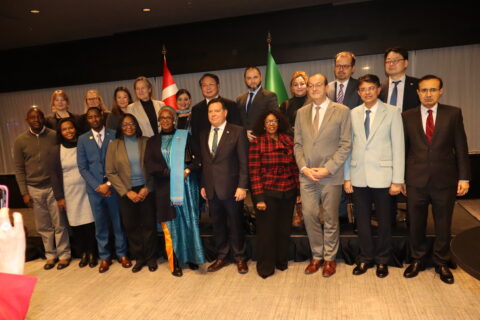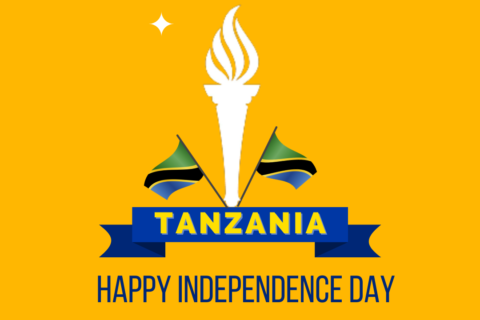Natural resources
Natural Resources and Mining in Tanzania
Tanzania is endowed with abundant natural resources, including land, rivers, lakes, the ocean, and vast forests. These resources support various activities such as crop cultivation, livestock grazing, fishing, and mining, while woodlands provide essential energy sources and building materials.
Land Tenure
Land tenure in Tanzania is organized primarily into three systems: Right of Occupancy, Customary Land Tenure, and Communal Land Tenure. Most agricultural land is held under customary or communal arrangements, with few owners having formal documents. Much of this land remains unsurveyed, with boundaries informally recognized by local communities.
Gold and diamonds
Diverse Natural Resources
In addition to fertile land, forestry, and rich wildlife, Tanzania holds a wealth of mineral resources. Major minerals include gold, diamonds, iron, coal, nickel, tanzanite, and uranium, as well as recent discoveries of offshore natural gas. Tanzanian communities also hold traditional skills in weaving, knitting, and sewing, deeply rooted in their cultural heritage.
Mining Sector Overview
Tanzania’s mining industry is divided into several key categories:
- Metallic Minerals: This category includes gold, iron ore, nickel, copper, cobalt, and silver.
- Gemstones: Tanzanian gemstones encompass diamonds, tanzanite, rubies, garnets, and pearls.
- Industrial Minerals: Major industrial minerals include limestone, soda ash, gypsum, salt, and phosphates.
- Energy Minerals: These include coal and uranium.
- Construction Minerals: Building resources like gravel, sand, and dimension stones fall under this category.
Tanzania is especially rich in gold, diamonds, and a variety of gemstones, including the unique Tanzanite (blue zoisite) found in the Proterozoic metamorphic rocks of the Usagaran and Ubendian systems. Other gemstones mined include ruby, sapphire, emerald, amethyst, and garnets. Significant alluvial deposits of gemstones have also been found in the southern regions of Ruvuma, Mtwara, and Lindi, containing stones like chrysoberyl, spinel, and zircon.
The country is also abundant in coal, uranium, and industrial minerals like soda, kaolin, gypsum, and phosphate. The Ruhuhu and Songwe-Kiwira coal basins produce high-quality coal, similar to the Gondwana coals of southern Africa. Additionally, the white marble deposit in Morogoro is a valuable resource of high-purity limestone.
Tanzania’s potential for clays, including bentonite, kaolin, and fuller’s earth, is significant, though these resources are only lightly exploited. The Pugu kaolin deposit near Dar es Salaam, with its large reserves, holds substantial development potential.
Additional Resources
Evaporite and saline deposits of economic value are found in Tanzania’s rift valley lakes. Soda ash deposits at Lake Natron could yield over a million tonnes annually. Graphite reserves in the Usagaran system are significant, with Merelani holding enough reserves to sustain a 40-year operation at a production rate of 15,000 tonnes of high-purity flake graphite annually.
Base metals, such as nickel, copper, and cobalt, are distributed across the Kagera, Kigoma, Mbeya, Ruvuma, and Mtwara regions. Recent evaluations indicate substantial contained resources, with around 500,000 tonnes of nickel, 75,000 tonnes of copper, and 45,000 tonnes of cobalt.
Gold and diamonds are the backbone of Tanzania’s mineral sector. Tanzania has been a major diamond producer for decades, especially from the Mwadui area, where commercial mining began in 1925. Currently, gold provides one of the most lucrative investment opportunities, with exploration focused on the greenstone belts around Lake Victoria. These belts contain numerous “world-class” gold deposits, many in various stages of development, particularly around shear-hosted gold mineralizations within banded iron formations (BIF) and volcanic-sedimentary areas.
About Tanzania
Tourism
Diaspora
Blog Feed
Tanzania 64th Independence day celebration in Denmark
Thank you for joining us in celebrating the 64th anniversary of Tanzania’s independence. We Tanzanian’s…
11 December 2025 0Public holiday
The Consulate of the United Republic of Tanzania will be closed on the following dates:…
8 December 2025 0

